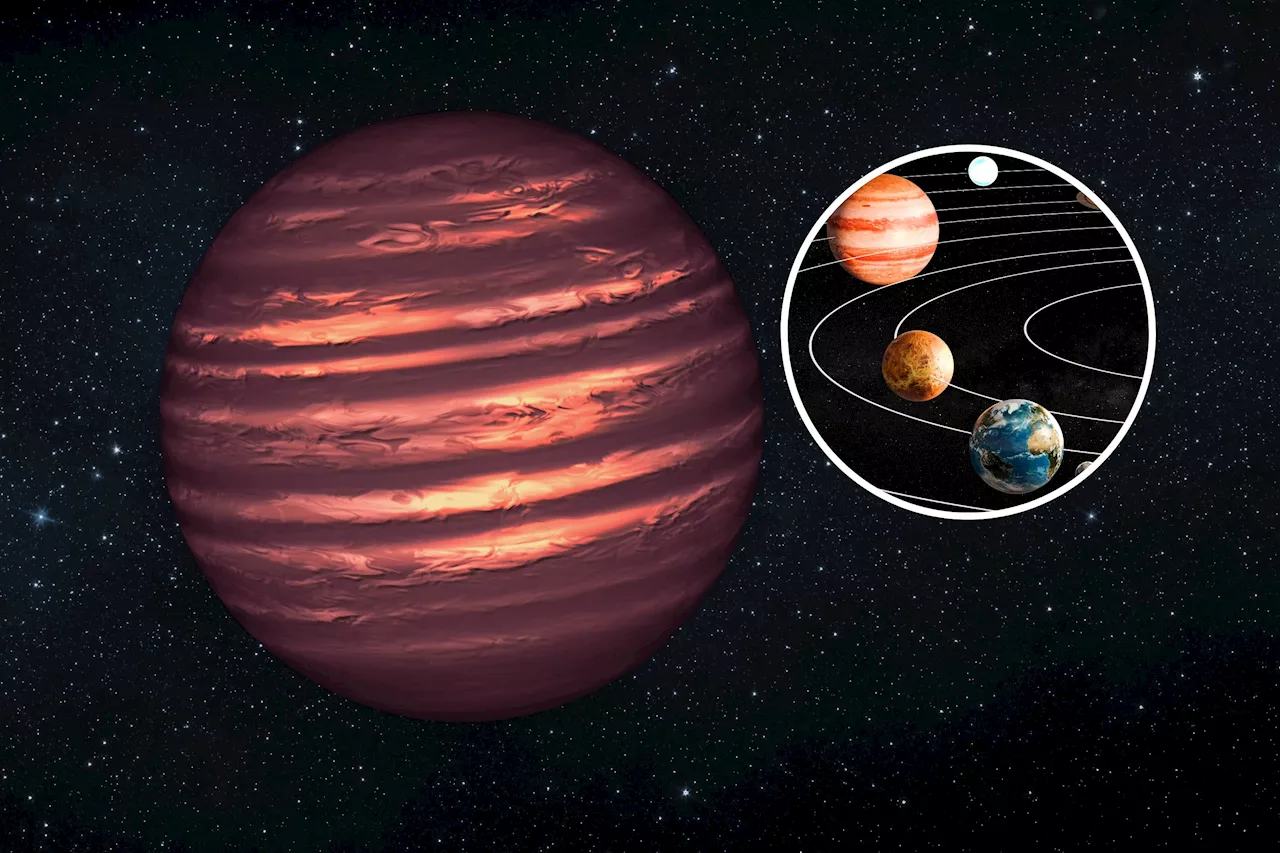A new study suggests an enormous object, possibly a brown dwarf, may have passed through our solar system billions of years ago, influencing the orbits of the outer planets.
Theories about how the orbits of Jupiter, Saturn, Uranus, and Neptune acquired their unique characteristics have long puzzled scientists. A recent pre-print research paper, awaiting peer review, suggests a compelling explanation: a colossal object, eight times the mass of Jupiter, may have traversed our solar system approximately 4 billion years ago.
This cosmic encounter could have significantly influenced the planets' orbital paths, resulting in their slightly elliptical shapes and tilted planes.The research team, led by planetary scientist Renu Malhotra of the University of Arizona in Tucson, conducted extensive computer simulations. They modeled the orbits of the four gas giants and ran 50,000 simulations of various massive objects passing through the solar system. While most simulations led to drastically different planetary arrangements, around 1% produced outcomes remarkably similar to our current solar system. These simulations indicated that an object between two and 50 times the mass of Jupiter, potentially a brown dwarf, could have passed through the inner solar system, warping the orbits of the outer planets.Brown dwarfs, classified as astronomical objects larger than planets but smaller than stars, possess masses ranging from 15 to 75 times that of Jupiter. They are sometimes referred to as 'failed stars' because they lack the mass to sustain hydrogen fusion in their cores. The researchers expanded their simulations to include the orbits of the inner planets (Mercury, Venus, Earth, and Mars) and found that the most probable scenario involved an object eight times the mass of Jupiter, approaching as close to the sun as Mars's current orbit. This study suggests that the seemingly peculiar orbits of the outer planets could be the legacy of a single, albeit impactful, encounter with such an object. The researchers estimate that similar encounters, while infrequent, are not entirely improbable, occurring with a probability of approximately 1 in 10,000 to 1 in 100,000 within open star clusters where our solar system likely formed.
Planetary Orbits Brown Dwarfs Solar System Formation Astrophysics Cosmic Encounters
United States Latest News, United States Headlines
Similar News:You can also read news stories similar to this one that we have collected from other news sources.
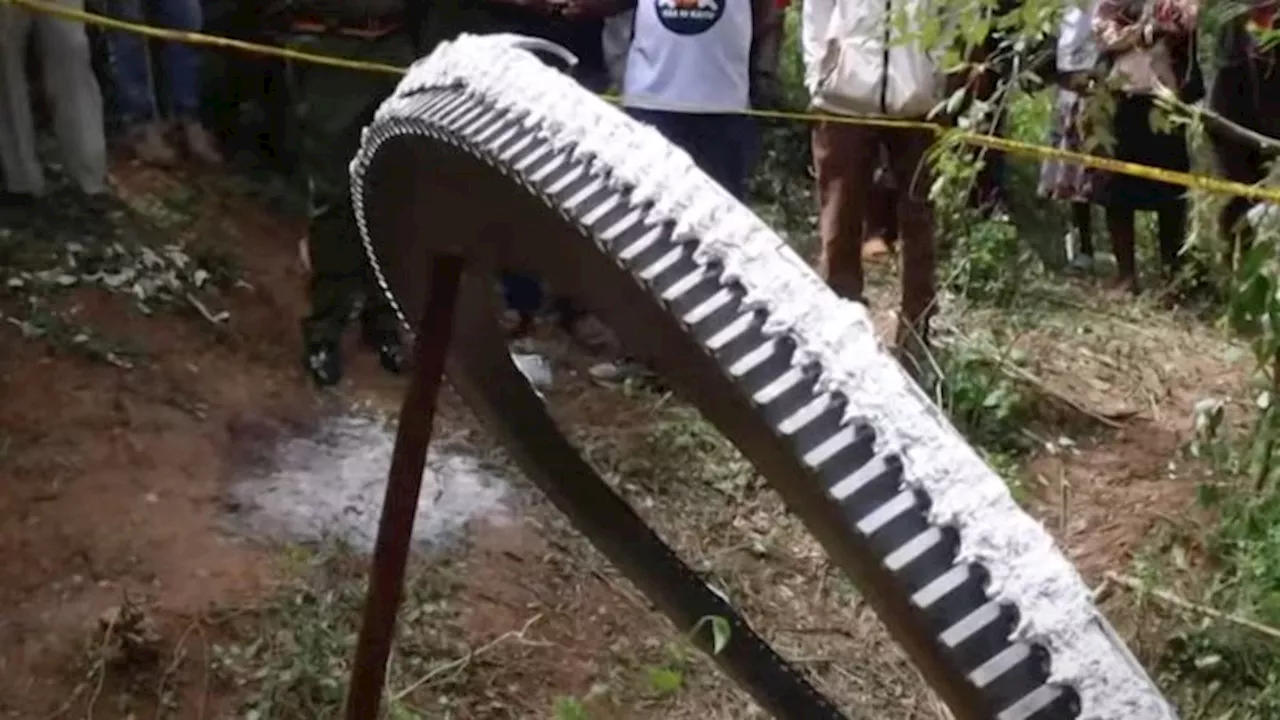 Space Junk Falls to Earth in Kenya, Identified by National Space AgencyA large, red-hot object fell from the sky into a Kenyan village on Monday, prompting an investigation by the Kenya Space Agency (KSA). The object has been identified as a fragment of a space object, believed to be a separation ring from a rocket. The KSA took custody of the 2.5-meter wide, 500 kg object, stating that it is likely an isolated case. The object is still under investigation.
Space Junk Falls to Earth in Kenya, Identified by National Space AgencyA large, red-hot object fell from the sky into a Kenyan village on Monday, prompting an investigation by the Kenya Space Agency (KSA). The object has been identified as a fragment of a space object, believed to be a separation ring from a rocket. The KSA took custody of the 2.5-meter wide, 500 kg object, stating that it is likely an isolated case. The object is still under investigation.
Read more »
 A Giant Object May Have Warped Our Solar System, Study SaysThe Best in Science News and Amazing Breakthroughs
A Giant Object May Have Warped Our Solar System, Study SaysThe Best in Science News and Amazing Breakthroughs
Read more »
 Axiom Space Adjusts Plans for Commercial Space StationAxiom Space has modified its assembly sequence for its planned commercial space station, Axiom Station, to accelerate its operation as a free-flying space station and reduce reliance on the International Space Station during assembly. The new plan involves launching the Payload, Power, and Thermal Module first, allowing it to detach as early as 2028 and become a free-flying destination. Axiom Space will continue assembly in free-flight, adding additional modules like Habitat 1 and the Research and Manufacturing Facility.
Axiom Space Adjusts Plans for Commercial Space StationAxiom Space has modified its assembly sequence for its planned commercial space station, Axiom Station, to accelerate its operation as a free-flying space station and reduce reliance on the International Space Station during assembly. The new plan involves launching the Payload, Power, and Thermal Module first, allowing it to detach as early as 2028 and become a free-flying destination. Axiom Space will continue assembly in free-flight, adding additional modules like Habitat 1 and the Research and Manufacturing Facility.
Read more »
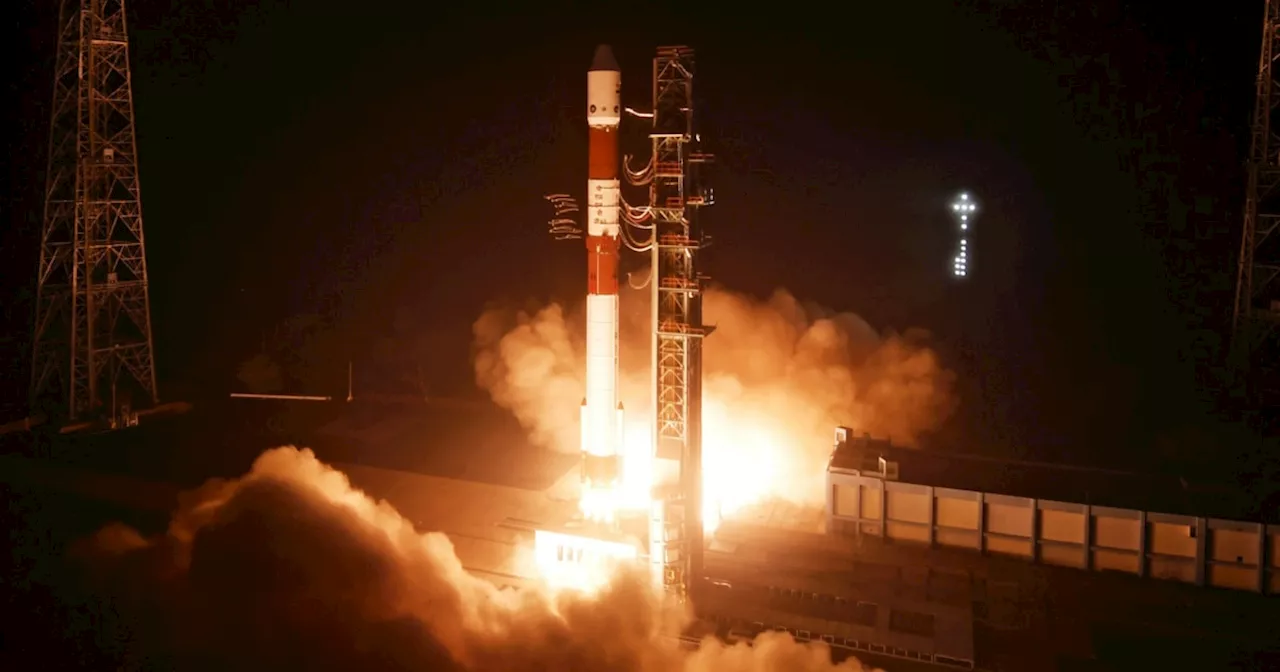 India Achieves Space Docking Milestone, Eyes Global Space MarketIndia successfully completed its Space Docking Experiment (SpaDeX), becoming the fourth nation to achieve this technological feat. The experiment, involving two satellites docking and undocking, positions India as a key player in the rapidly growing global space market. This milestone underscores India's ambition to expand its share in the commercial and exploratory frontiers of space.
India Achieves Space Docking Milestone, Eyes Global Space MarketIndia successfully completed its Space Docking Experiment (SpaDeX), becoming the fourth nation to achieve this technological feat. The experiment, involving two satellites docking and undocking, positions India as a key player in the rapidly growing global space market. This milestone underscores India's ambition to expand its share in the commercial and exploratory frontiers of space.
Read more »
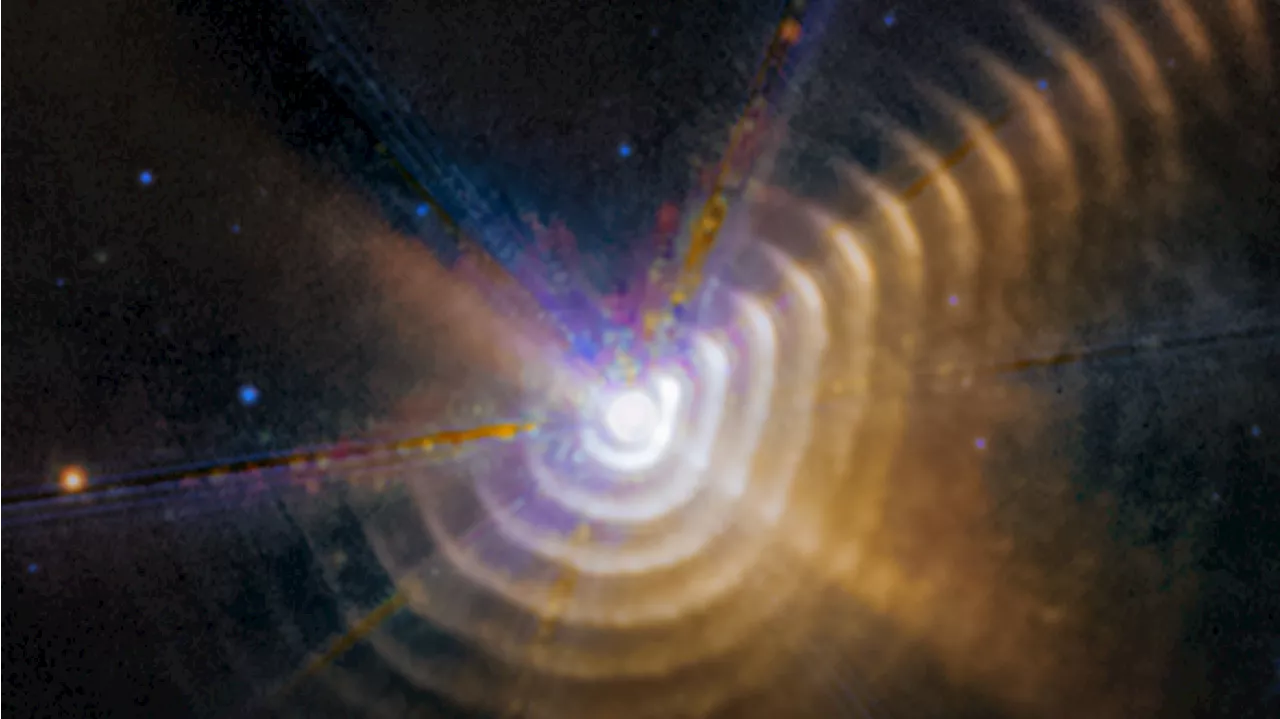 James Webb Space Telescope watches planet-forming dust shells zooming through spaceKeith Cooper is a freelance science journalist and editor in the United Kingdom, and has a degree in physics and astrophysics from the University of Manchester.
James Webb Space Telescope watches planet-forming dust shells zooming through spaceKeith Cooper is a freelance science journalist and editor in the United Kingdom, and has a degree in physics and astrophysics from the University of Manchester.
Read more »
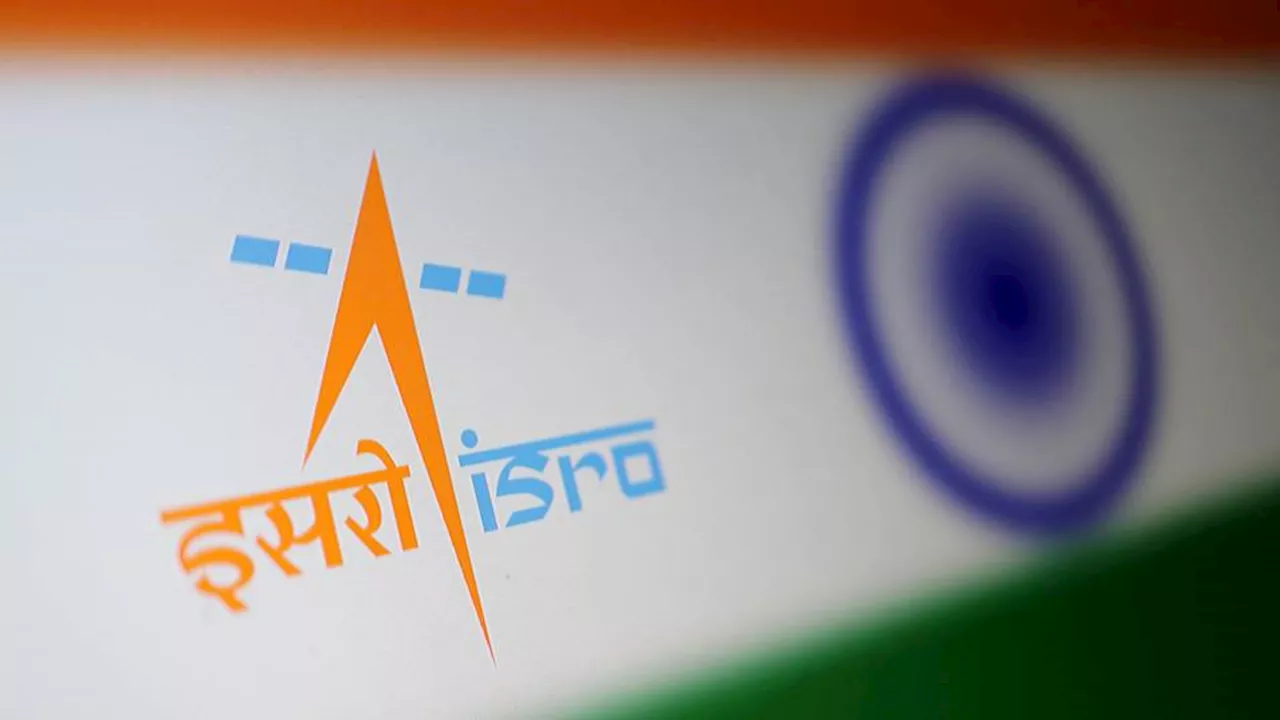 India Achieves Space Docking Milestone, Positions Itself as a Major Player in Space ExplorationIndia successfully conducted its first space docking experiment (SpaDeX), becoming the fourth nation in the world to achieve this technological feat. The experiment involved two satellites, Target and Chaser, which successfully docked and undocked in orbit. This achievement positions India as a significant player in the global space market and paves the way for ambitious future missions.
India Achieves Space Docking Milestone, Positions Itself as a Major Player in Space ExplorationIndia successfully conducted its first space docking experiment (SpaDeX), becoming the fourth nation in the world to achieve this technological feat. The experiment involved two satellites, Target and Chaser, which successfully docked and undocked in orbit. This achievement positions India as a significant player in the global space market and paves the way for ambitious future missions.
Read more »
